Project based learning (PBL) is one of the most engaging ways for students to learn and master concepts. You probably already know about the cross curricular benefits, how it boosts communication opportunities for language learners, and builds essential life skills in our young learners…but in order to reap the maximum benefits, there are few things you need to consider as the teacher. Here are five essentials for PBL success in any classroom.
1: GUIDE ON THE SIDE MENTALITY
Project based learning is all about students being fully immersed in a learning experience, and taking the the lead in their learning. Begin your project by introducing the purpose, the deadline, and the logistics. Equip your students with the supplies they’ll need to succeed, and let them take the wheel.
For the duration of the project, become a guide on the side rather than a sage on the stage. Some of your students won’t need much guidance at all, and will be able to demonstrate understanding and mastery with a high level of independence. Don’t limit those students with unnecessary hand-holding. Focus your energy on providing support to students who do need it without interrupting the productivity and flow of others with these tips.
Mini Workshop Strategy Lessons
Set up mini workshop-style lessons for students who are interested in strategies to help them achieve a particular step of the project.
For example, during our Ecology Museum Project, some students struggle to find information about the climate of the ecosystem they are researching. I invite students to join me in our small group area if they are interested in suggestions for success.
When everyone is settled, we do a quick brainstorm of keywords that might lead to finding information about each ecosystem’s climate. I then model how to use those keywords to locate information about the climate of the ecosystem I am researching (as you’ll read below…I always work on an exemplar project). Students work with a partner to use those same keywords to find additional information about our exemplar ecosystem before independently applying the strategy to find information for their own project.
Exemplar Projects
You will also have students in your class who aren’t uber-independent, but plug away for the most part. You can foster the independence of these students by providing an exemplar project.
This is a completed project sample that is focused on a topic different than those assigned to your students (for science, social studies, and language arts), or uses different numbers and models (for math).
Any time a student feels unsure about their direction, they can peek at your exemplar for some reassurance or clarity, and be on their merry way without adult support. Exemplar projects build student independence, strengthen problem solving skills, and encourage students to analyze before executing.
2: TIME
If you think of project based learning as something extra that doesn’t fit into your schedule, shift your thinking by deciding what it can replace. The cross-curricular skills incorporated into a PBL unit can help your students achieve their learning goals, and provide students the ability to transfer the skills they’ve been practicing to new situations, which is one of the ultimate goals of learning in the first place. It is certainly worth a little time tweak here and there. Here’s an example of how I tweak my schedule for a place value PBL unit during math.
Typically during our Math Workshop block, my students participate in a whole class mini lesson, complete a corresponding exit slip page from our math adoption, then work on differentiated task cards for their “At Your Seat” rotation.
After teaching my place value unit during the first months of the school year, I tweak this routine so my students can participate in a project called Place Value In The Wild. This project typically takes 4-5 weeks. Rather than putting ongoing math instruction on hold for over a month, I continue to move forward with new daily lessons and corresponding practice, but have students work on their place value project rather than completing differentiated task cards. Our daily schedule is unaltered and my students thrive on the change of pace within their math block.
3: A Bit of Space
Having a hub for project supplies in your classroom also boosts student success and independence. For most projects, you don’t need much space…simply a shelf or drawer unit where students can store and access materials without barriers. When supplies are close at hand, the project feels like less of an intrusion, and more integrated.
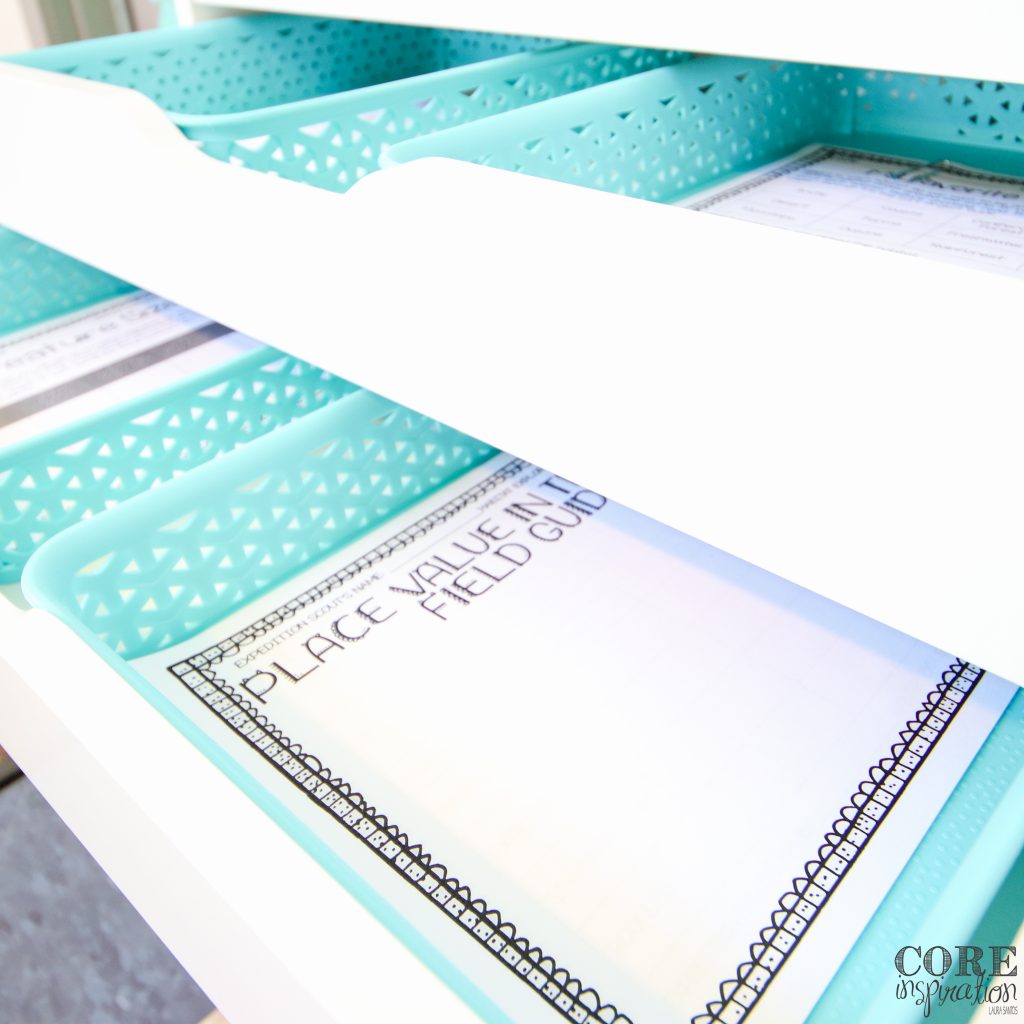
4: OPPORTUNITY FOR CELEBRATION
Everybody loves a culmination. When your project deadline arrives, your students will be eager to know if their hard work was a success. Here are a few simple ways transform a project submission into a celebration.
- Host a gallery walk. Have students leave compliments and constructive feedback for their classmates using special sticky notes.
- Display all the projects, and have students vote for their favorite. For younger students who like to pick their own project, vote for the top two or three faves.
- Invite a buddy class to see the projects on display. When they arrive, have students stand near their project to receive compliments, constructive feedback, and answer any questions their special visitors may have.
- Open the classroom doors a bit early, and invite parents for a morning cup of coffee so their child can casually share their project alongside their peers.
Have another favorite way to celebrate your students’ dedication to learning? I would love to hear your ideas in the comments below.
5: AN ENGAGING PROJECT
Of course, you will need a project for your students to work on. When it comes to selecting or designing a project that will boost excitement and engagement, these are the steps I follow:
- Start with the standards. What are the main standards you want this project to align with? Try selecting one main standard from two or three subjects areas.
- Decide how students will demonstrate mastery of those standards. This will help you think through the types of learning tasks you will include in the project.
- Look for connections between the standards to begin forming a theme for the project.
- Think about how you can bring that theme to life by connecting it to student interests. Continue to build the project’s learning tasks around that theme. You will often find these tasks align with additional standards.
- Write the story behind your project to bring it to life for your students.
- Create student-friendly rubrics and/or checklists to help set clear expectations for quality.
- Create and gather any materials your students will need to complete the project.
A JUMP START
Once you’ve thought through how these five essentials will look in your own classroom, you’re ready to dive into your next PBL unit. If you are interested in a jump start, check out the ready-to-use projects in my shop.
If you are ready to plan your own unit, I’ll send you my free PBL Brainstorm Sheet. Simply submit the form below.
I look forward to reading your project based learning experiences and questions in the comments below.
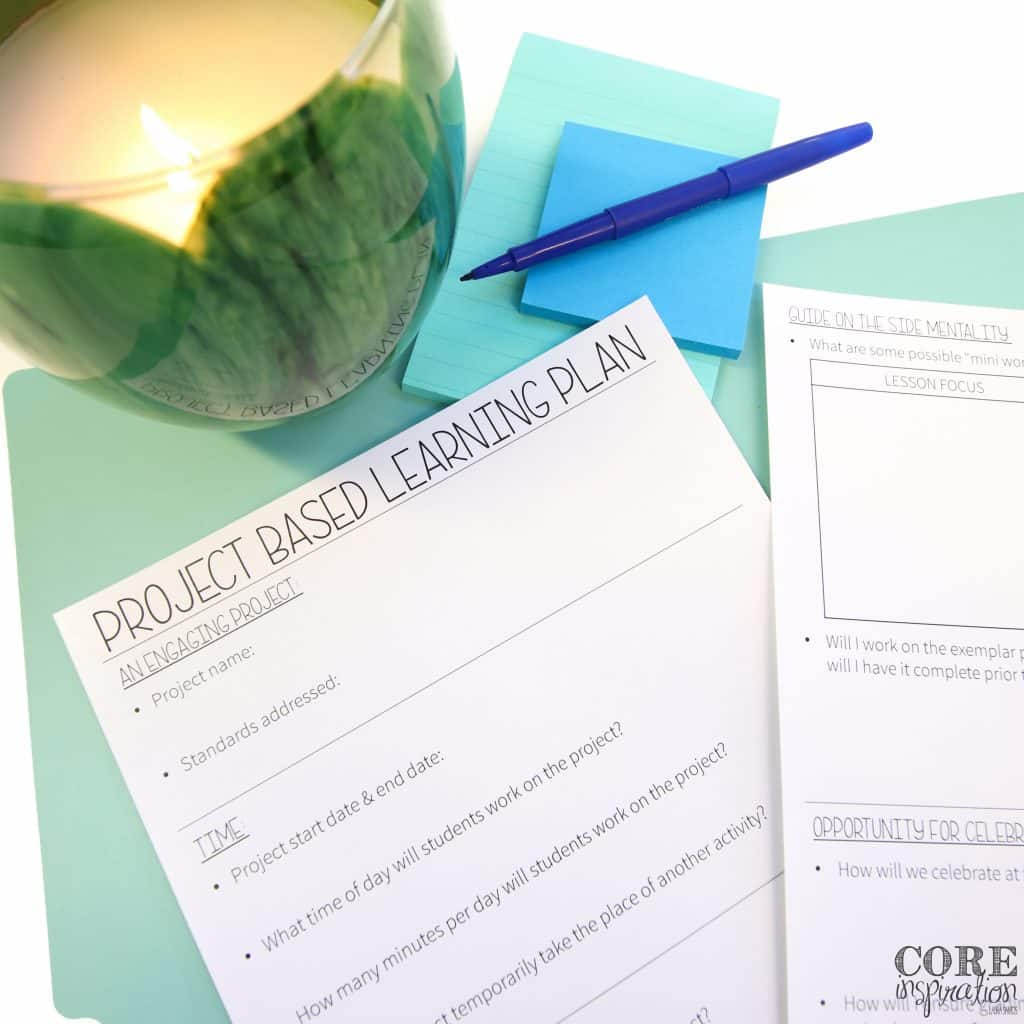

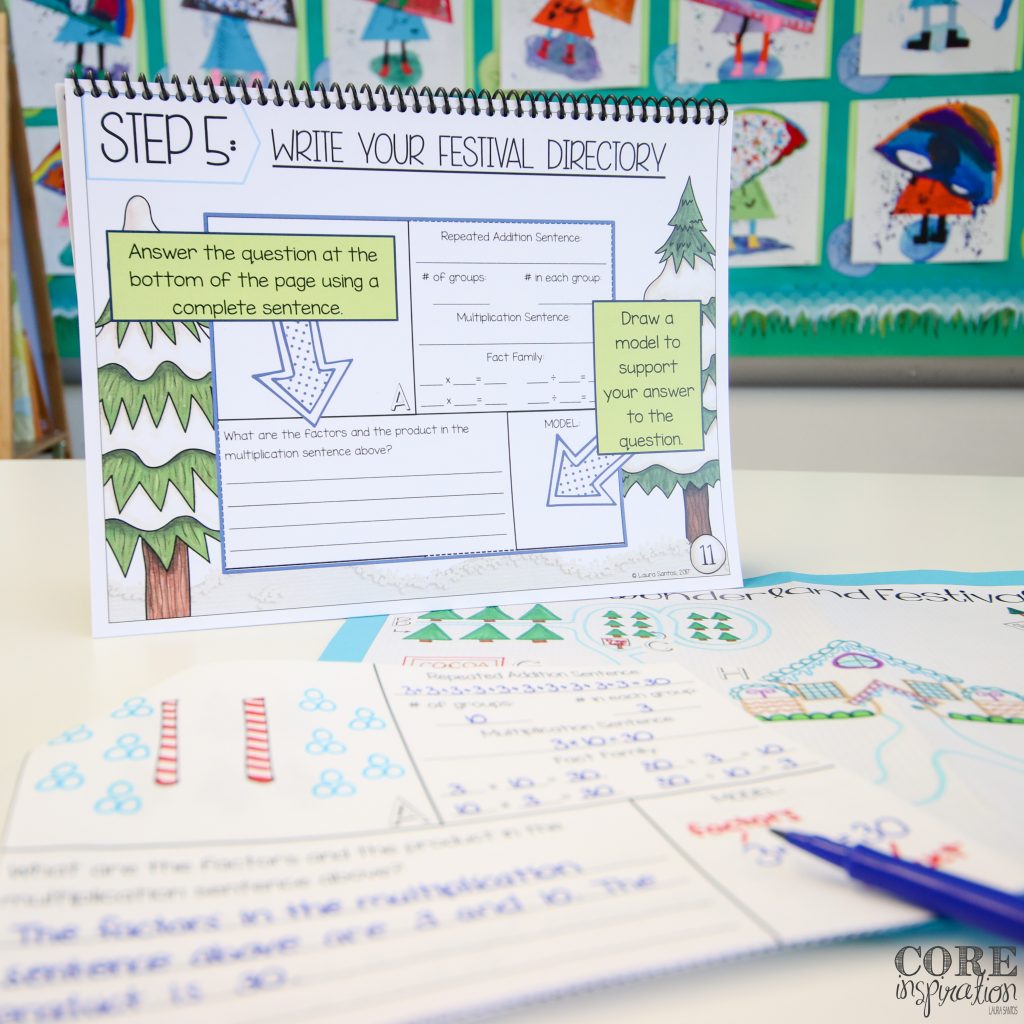
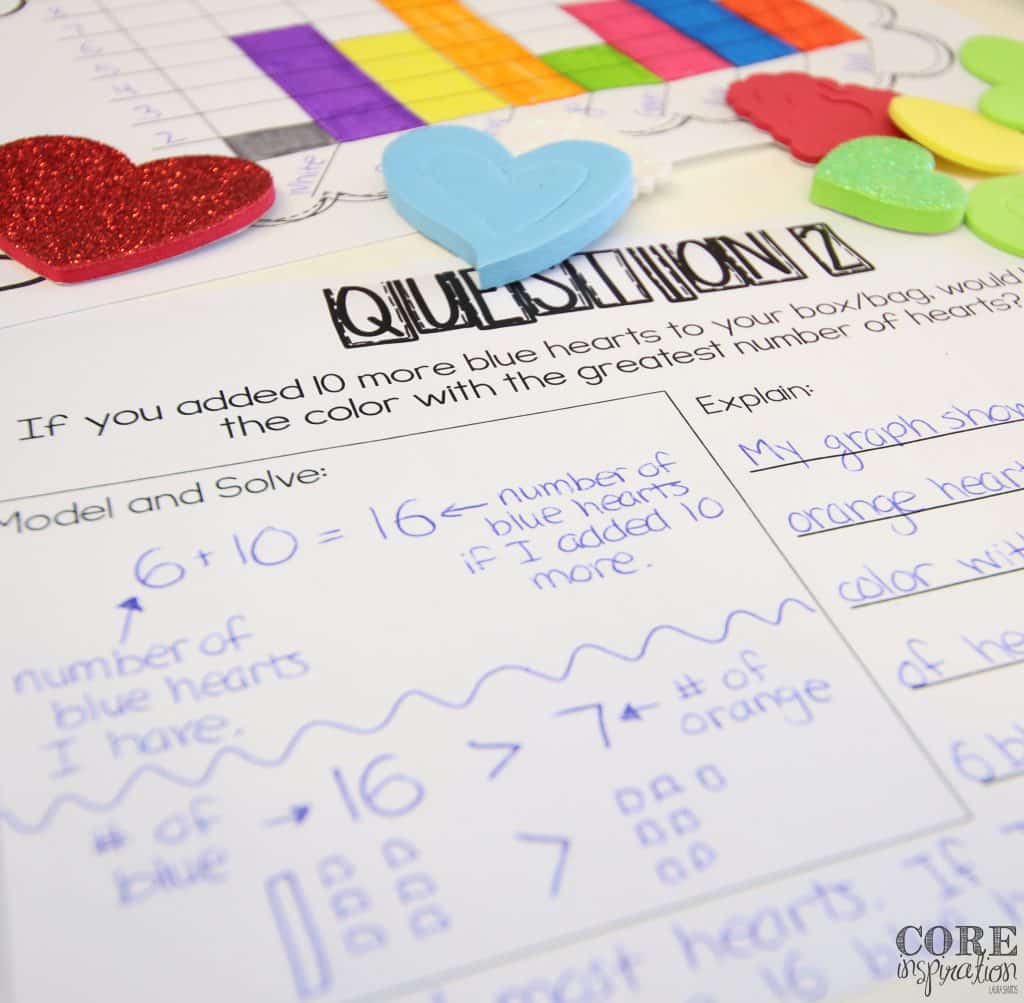
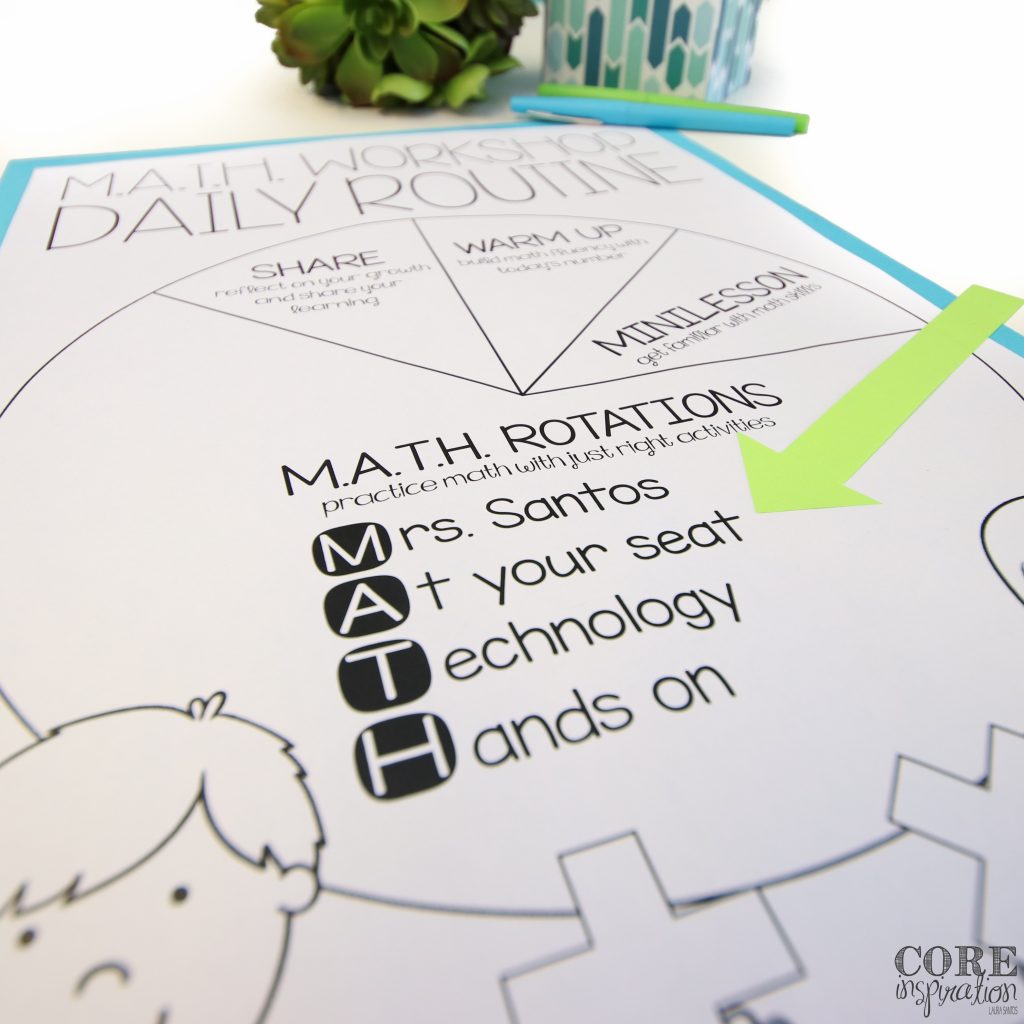
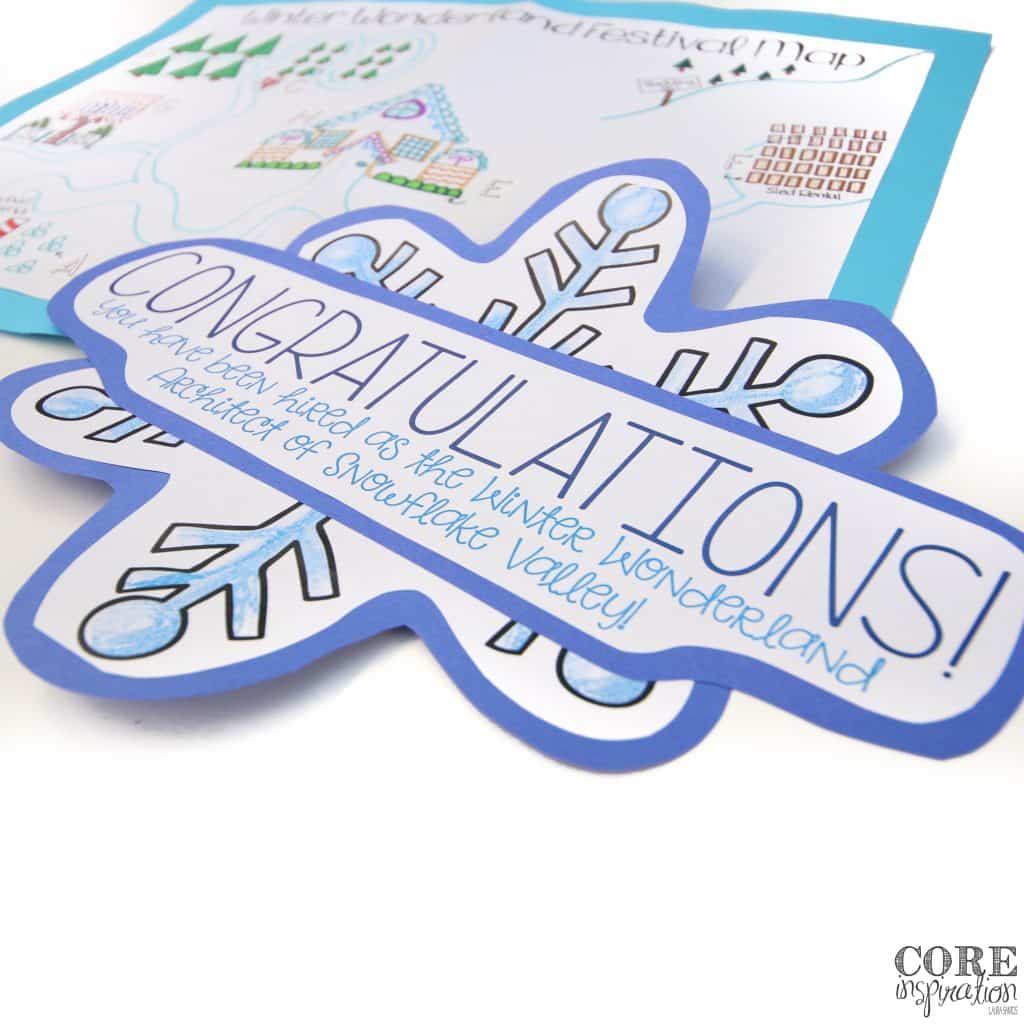
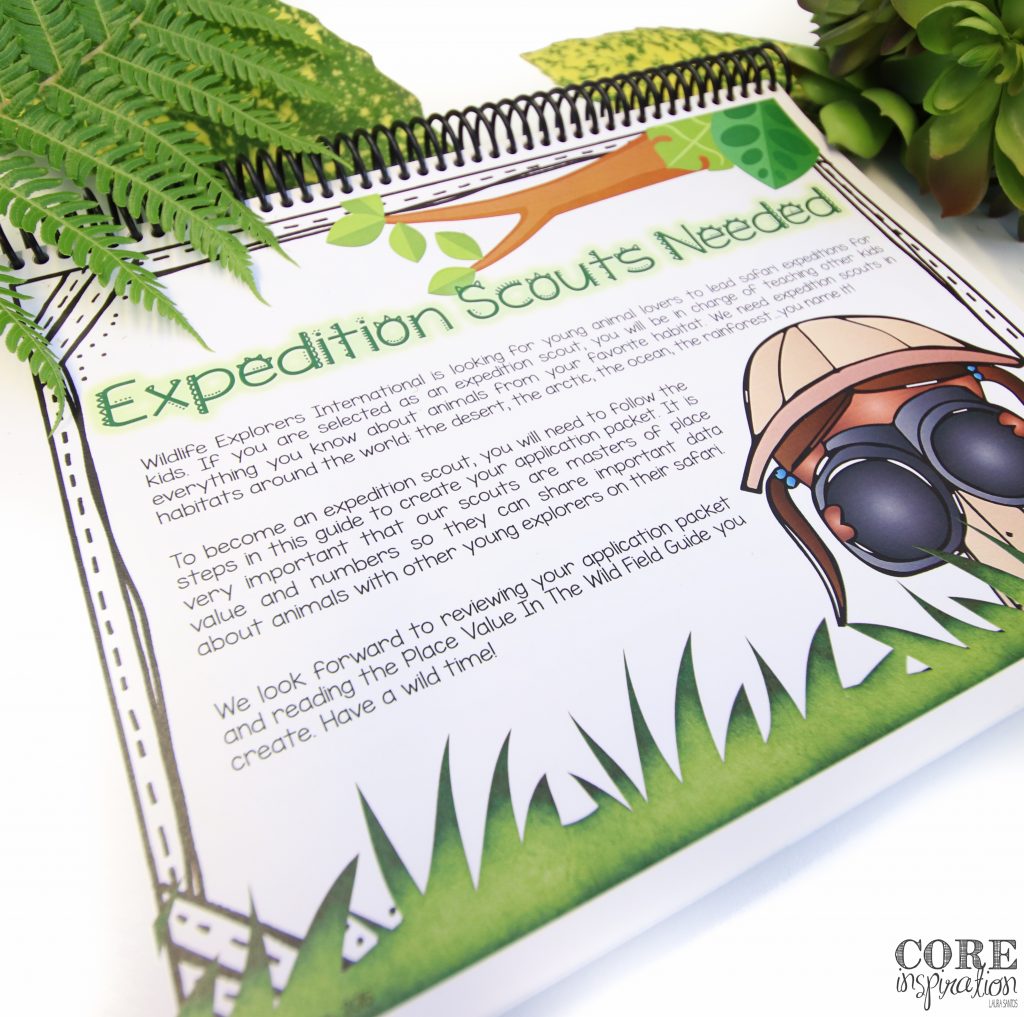

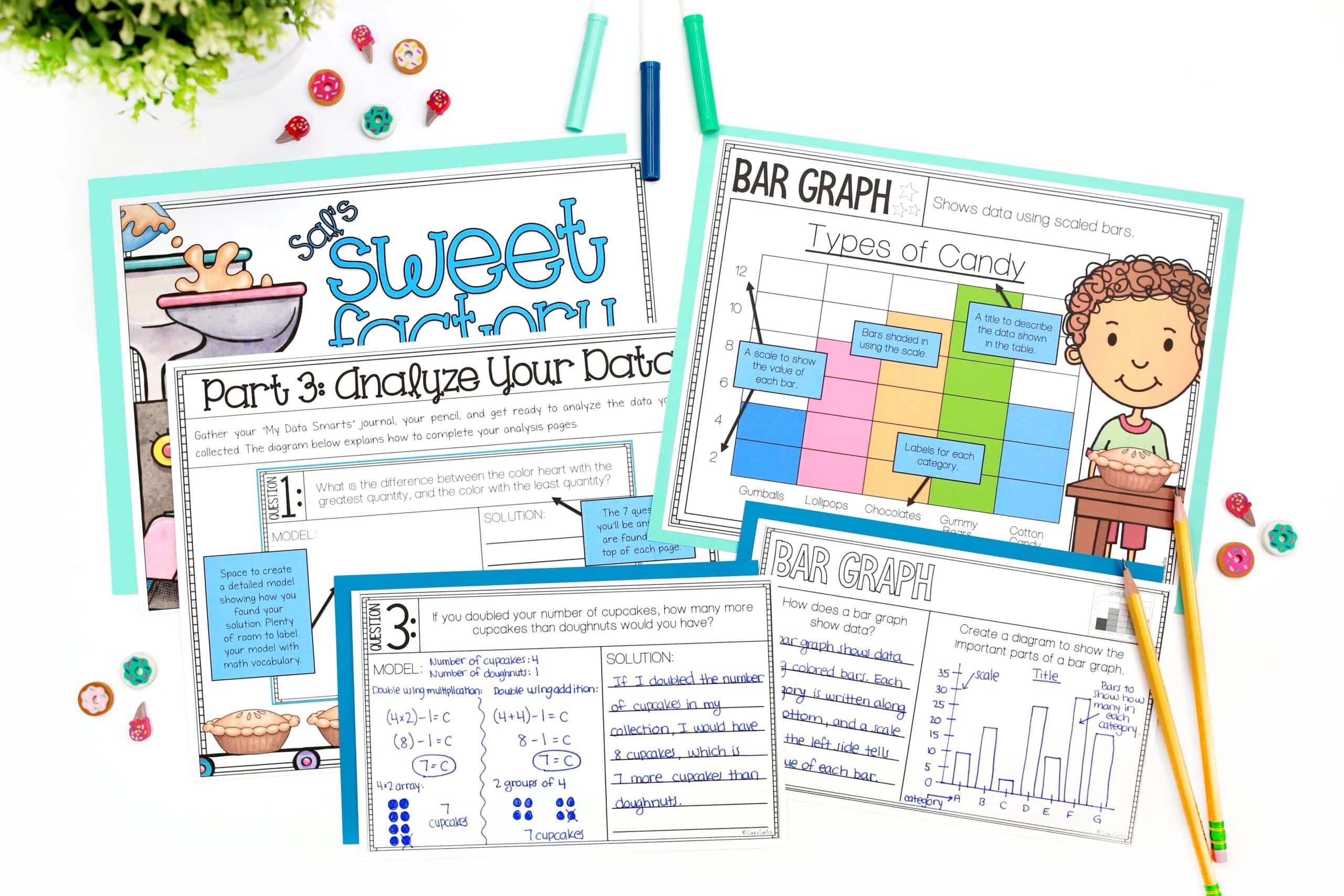
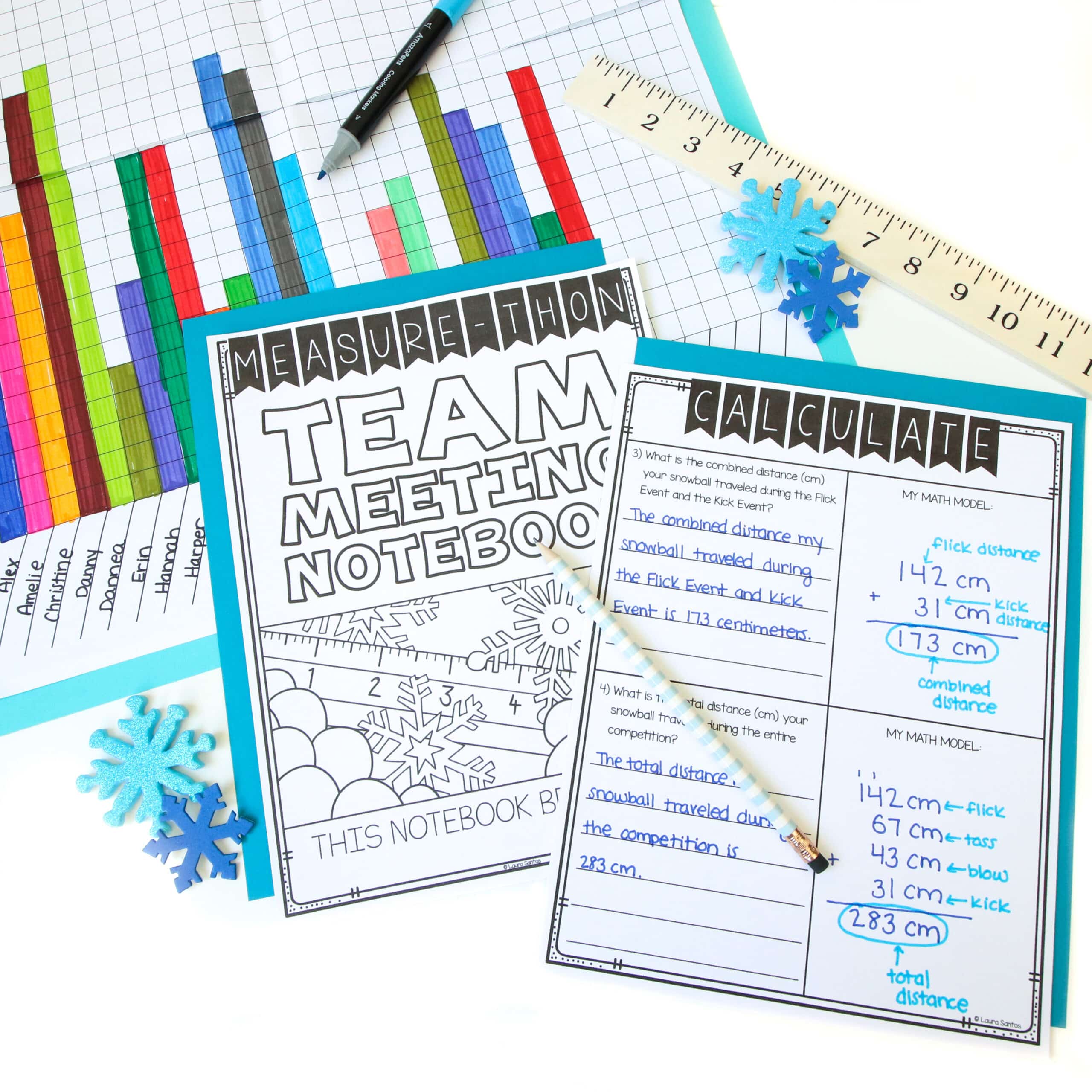

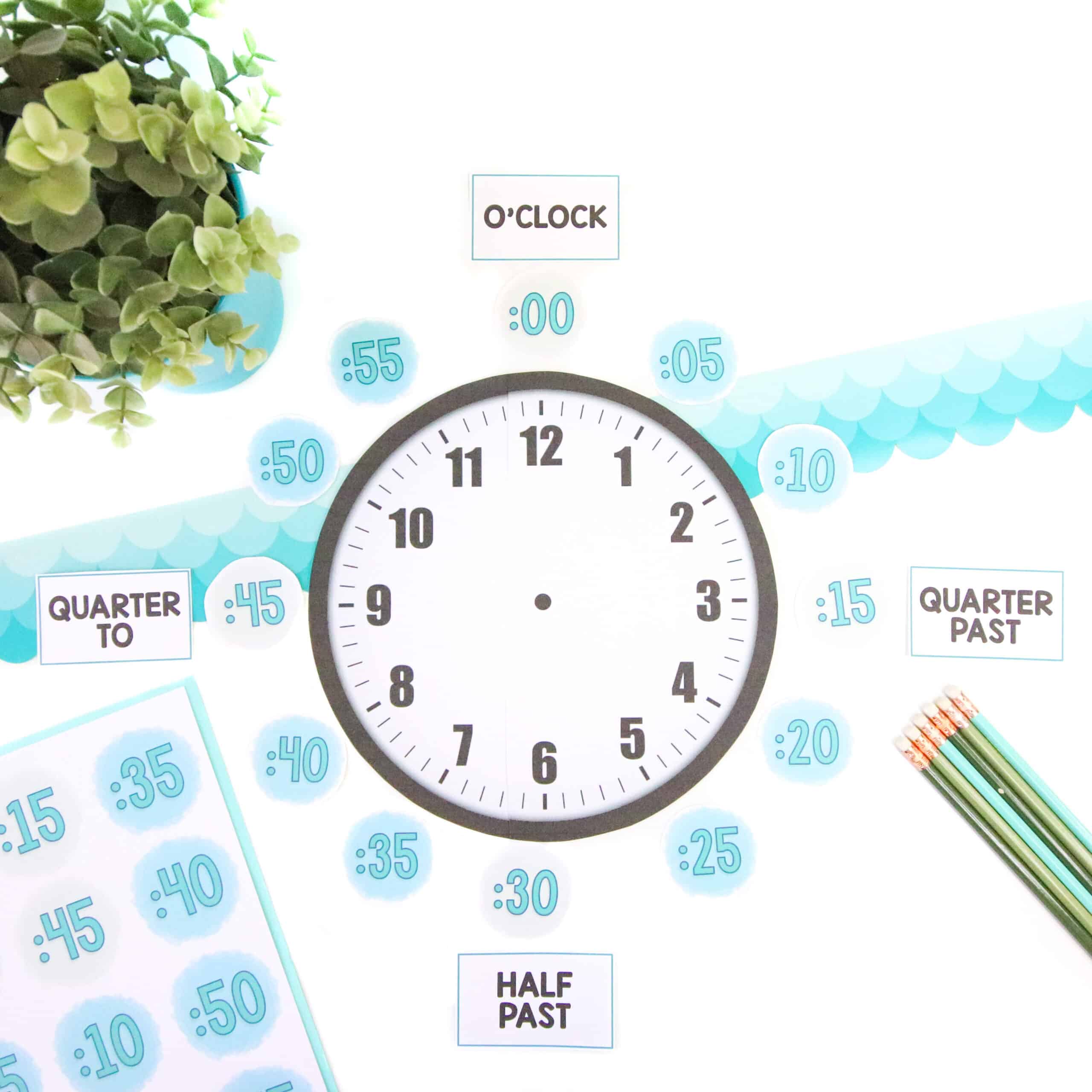
5 Responses
Hi Laura,
Thank you so much for the inspiration! I teach in a private school, so I don’t have to align with any standards. I want to put this project into action in my 4th grade classroom with multi-digit multiplication. Any suggestions on modifications to the project?
Thanks,
Emily
Hi Emily, thank you for reaching out. Which project are you referring to?
The winter wonderland arrays project! 🙂
Thank you for your generosity as well. As educator, I am always looking for additional support and various supplies to build fundamental and enrichment skills of my students.
Looking forward to trying this.